详细说明
Assay Type
Solid Phase Sandwich ELISA
Format
96-well strip plate
Sample Type & Volume Required
Cell lysates (100 µL)
Sufficient Materials
Kits available for two, five, or fifteen 96-well plates*
Specificity
Please see the
* Provided that the recommended microplates, buffers, diluents, substrates and solutions are used, and the assay is run as summarized in the Assay Procedure provided.
This DuoSet IC ELISA contains the basic components required for the development of sandwich ELISAs to measure tyrosine-phosphorylated
Product Features
Optimized capture and detection antibody pairings and recommended concentrations save lengthy development time
Development protocols are provided to guide further assay optimization
Assay can be customized to your specific needs
Available in 2, 5, and 15-(96-well) plate pack sizes
Economical alternative to Western blot
Kit Content
Capture Antibody
Conjugated Detection Antibody
Calibrated Immunoassay Standard or Control
Other Reagents Required
PBS: (Catalog # ), or 137 mM NaCl, 2.7 mM KCl, 8.1 mM Na2HPO4, 1.5 mM KH2O4, pH 7.2 - 7.4, 0.2 µm filtered
Wash Buffer: (Catalog # ), or equivalent
Lysis Buffer*
IC Diluent*
Blocking Buffer*
Substrate Solution: 1:1 mixture of Color Reagent A (H2O2) and Color Reagent B (Tetramethylbenzidine) (Catalog # )
Stop Solution: 2 N H2SO4 (Catalog # )
Microplates: R&D Systems (Catalog # ), or equivalent
Plate Sealers: ELISA Plate Sealers (Catalog # ), or equivalent
*For the Lysis Buffer, IC Diluent, and Blocking BUffer recommended for a specific DuoSet ELISA Development Kit, please see the product
Preparation and Storage
Storage
Store the unopened product at 2 - 8 °C. Do not use past expiration date.
Background: Tie-2
Tie-1/Tie and Tie-2/Tek are receptor tyrosine kinases with unique structural characteristics including two immunoglobulin-like domains flanking three epidermal growth factor (EGF)-like domains, followed by three fibronectin type III-like repeats in the extracellular region, and a split tyrosine kinase domain in the cytoplasmic region. Tie-2 is involved in vascular stabilization and remodeling. Although less well understood, Tie-1 may also act as an ANG receptor, possibly in complex with Tie-2.
Human Tie-2 cDNA encodes a 1124 amino acid (aa) residue precursor protein with an 18 residue putative signal peptide, a 727 residue extracellular domain and a 354 residue cytoplasmic domain. Tie-2 is a receptor for the angiopoietin (ANG) family: ANG-1, ANG-2, and ANG-3 (mouse)/-4 (human). Ang-2 has been reported to act as an antagonist for Ang-1. Mice engineered to overexpress Ang-2 or to lack Ang-1 or Tie-2 display similar angiogenesis defects.
Entrez Gene IDs:
7010 (Human); 21687 (Mouse); 30747 (Zebrafish);
Long Name:
Tyrosine Kinase with Immunoglobulin and Epidermal Growth Factor Homology Domains 2
Aliases:
angiopoietin-1 receptor; CD202b antigen; CD202b; EC 2.7.10; EC 2.7.10.1; hTIE2; p140 TEK; soluble TIE2 variant 1; soluble TIE2 variant 2; TEK tyrosine kinase, endothelial; TEK; Tie2; Tie-2; TIE2CD202b; Tunica interna endothelial cell kinase; Tyrosine-protein kinase receptor TEK; Tyrosine-protein kinase receptor TIE-2; venous malformations, multiple cutaneous and mucosal; VMCM; VMCM1







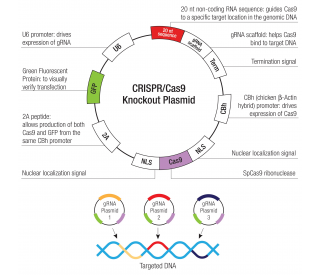
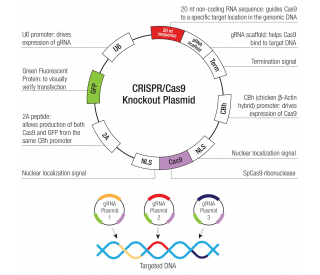
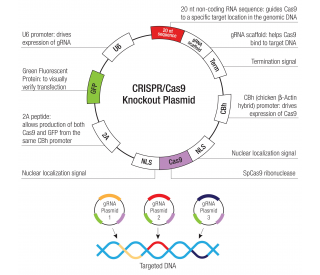
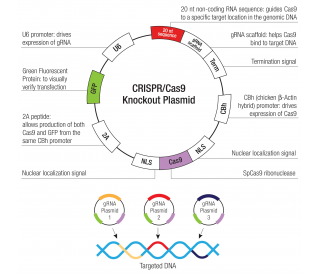
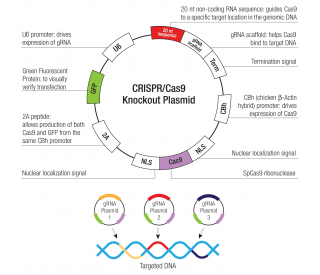
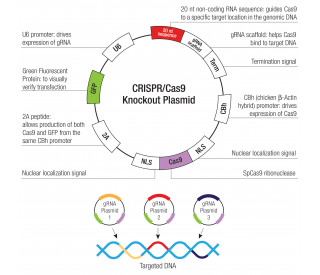



 粤公网安备44196802000105号
粤公网安备44196802000105号